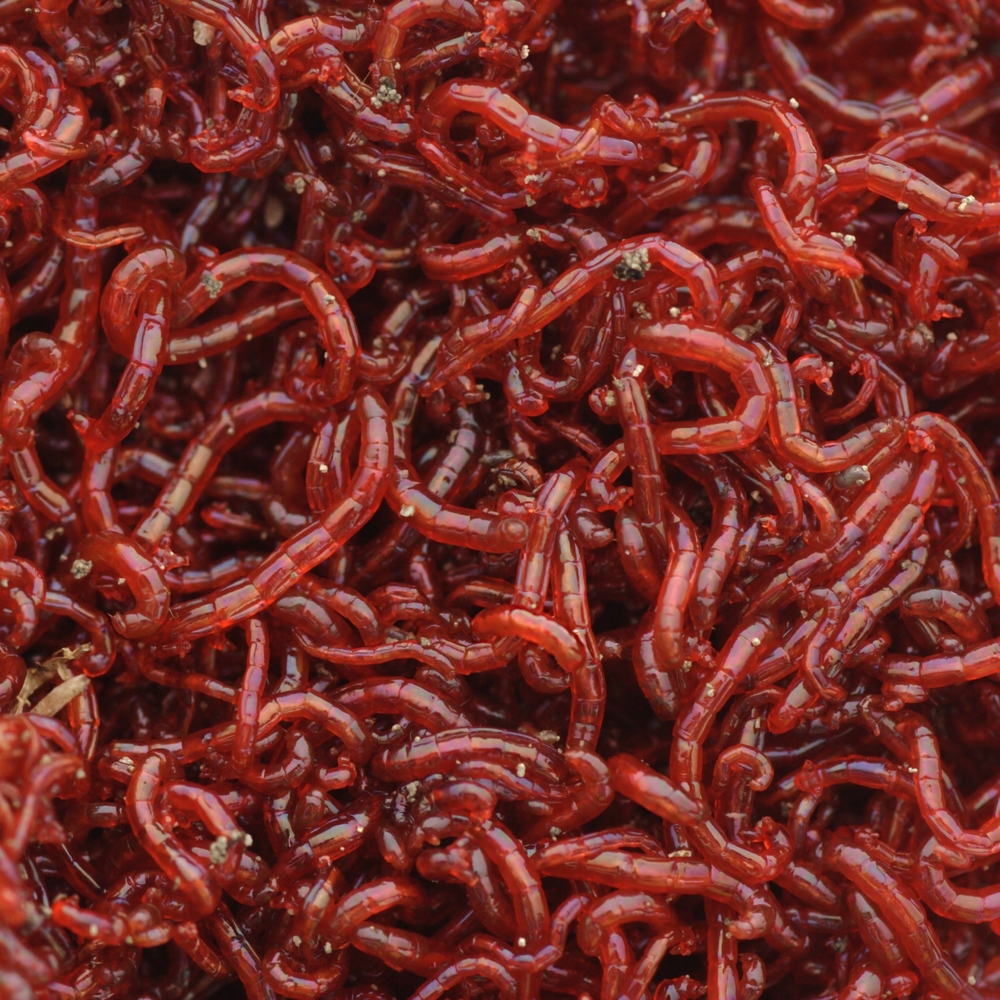Boost Soil Wellness Normally With Red Wigglers
The assimilation of red wigglers into soil management techniques offers a compelling approach for enhancing dirt health normally. These earthworms not just change natural waste into important vermicompost, however their natural habits additionally advertise enhanced soil structure, aeration, and nutrient availability.
Benefits of Red Wigglers

Furthermore, red wigglers improve soil structure by developing networks as they burrow with the planet. This task improves oygenation and drain, facilitating root growth and making certain that plants obtain appropriate oxygen and dampness. Furthermore, the spreadings created by red wigglers are high in nutrients such as nitrogen, phosphorus, and potassium, which are important for plant growth.
Red wigglers additionally help in the reduction of dangerous microorganisms and parasites by outcompeting them for resources, additionally contributing to a healthier dirt atmosphere. Their existence can cause a decline in the requirement for artificial fertilizers and chemicals, promoting sustainable farming techniques. Overall, incorporating red wigglers right into soil monitoring methods supplies a natural and efficient means of boosting dirt vigor, therefore sustaining robust plant development and agricultural efficiency.
Establishing Vermicomposting
Developing a vermicomposting system is a practical means to harness the impressive advantages of red wigglers in boosting dirt health and wellness. red wigglers. To start, choose an ideal container-- preferably, a plastic or wood bin with a lid to keep wetness and temperature level. The container ought to have water drainage holes to avoid excess water build-up
Next, prepare bed linens material, which acts as a habitat for the worms. Ideal products include shredded newspaper, cardboard, or coconut coir. Aim for a depth of 4-6 inches to supply ample area for the worms.
As soon as the bed linens is in area, introduce the red wigglers, normally at a ratio of one extra pound of worms for every single square foot of surface in the bin. Following this, add kitchen area scraps such as vegetables and fruit peels, coffee grounds, and smashed eggshells. Avoid meat, dairy, and oily foods, as these can bring in parasites.
(Lake James Bait)
Taking Care Of Your Worms
Maintaining the health of your red wigglers is essential for a flourishing vermicomposting system. Appropriate care makes certain that these helpful organisms can efficiently damage down organic issue and enhance your soil.
Feeding your worms is an additional vital aspect of their treatment. Red wigglers flourish on kitchen area scraps such as vegetables and fruit peels, coffee premises, and smashed eggshells. Prevent feeding them citrus fruits, onions, and dairy products, as these can create an inhospitable atmosphere. Display the quantity of food you give to stop overfeeding, which can bring about odor issues and attract pests.
Temperature level monitoring is important; worms favor a variety of 55 to 77 levels Fahrenheit. Guarantee the bin is not exposed to direct sunlight or extreme cold. Finally, on a regular basis look for indicators of distress, such as excessive worm migration or unusual smells, to resolve any kind of potential problems quickly. By adhering to these standards, you will certainly promote a healthy and balanced environment for your red wigglers.
Using Worm Castings in Dirt
Worm castings, often described as "black gold," are an effective change that can dramatically boost soil health and fertility. red wigglers. These nutrient-rich, natural plant foods are created by red wigglers during their digestion procedure, causing a finely textured material that is valuable for plants and soil alike
Incorporating worm spreadings right into your soil boosts its structure, boosting oygenation and water retention. This is specifically helpful for sandy dirts that drain pipes as well rapidly, along with heavy clay dirts that can become compressed. Moreover, worm castings are teeming with necessary nutrients, including nitrogen, phosphorus, and potassium, which are crucial for plant development.

Ultimately, using worm spreadings fosters a growing ecological community within the dirt, causing healthier plants and more lasting horticulture methods.
Tips for Effective Composting
Effective composting requires mindful focus to a couple of crucial principles that can substantially improve the quality of the last item. Balance is crucial; keep a correct ratio of environment-friendly products (nitrogen-rich) to brownish products (carbon-rich), ideally around 1:3. This equilibrium promotes efficient decay and reduces odors.
Second, aeration plays an essential function. Consistently transforming the garden compost heap enhances oxygen circulation, which accelerates microbial task and quicken the composting process. Go for a heap size of at least three feet by 3 feet to retain warmth, which better advertises decomposition.
(Lake Hickory Worms,)
Wetness material is one more vital element; the garden compost must perspire but not soaked. An excellent guideline is to achieve a moisture level similar to that of a wrung-out sponge. Excessive water can result in anaerobic conditions, while too little can reduce disintegration.
Lastly, monitor the temperature of the garden compost. A temperature level series of 130 ° F to 160 ° F shows active composting and assists kill explanation pathogens and weed seeds. By adhering to these concepts, you will create a nutrient-rich compost that sustains dirt health and wellness and boosts plant growth.
Final Thought
Integrating red wigglers into horticulture techniques enhances soil wellness through all-natural processes. These worms contribute to the breakdown of natural products, leading to nutrient-rich vermicompost that enhances soil framework and fertility. Their burrowing activities advertise aeration and drain while reducing damaging pathogens and parasites. By developing and maintaining a vermicomposting system, garden enthusiasts can promote a sustainable environment that supports durable plant growth and lasting soil resilience, eventually benefiting farming efficiency and environmental wellness.